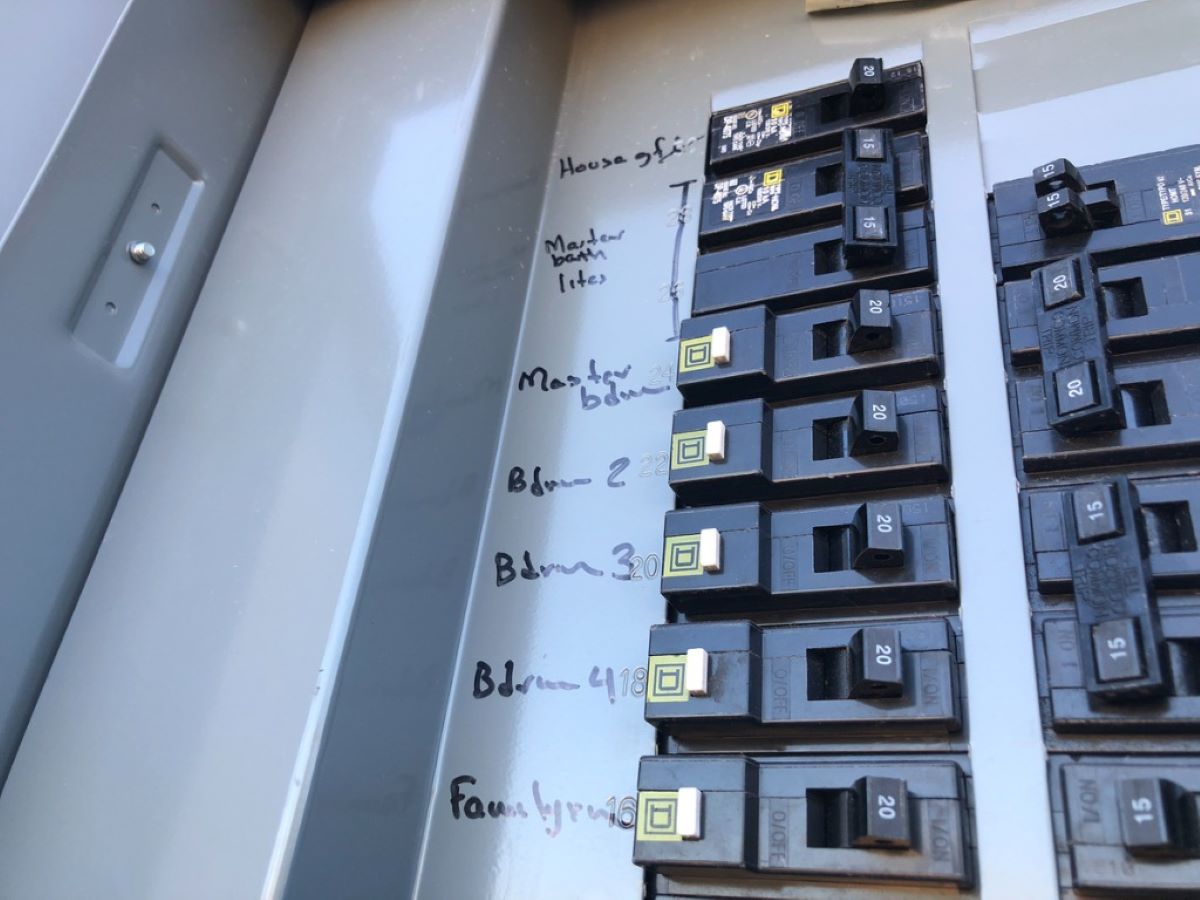

Articles
Which Way Should Breakers Be Flipped
Modified: January 7, 2024
Read articles on which way breakers should be flipped to ensure proper electrical safety. Learn the correct method in our informative guide.
(Many of the links in this article redirect to a specific reviewed product. Your purchase of these products through affiliate links helps to generate commission for Storables.com, at no extra cost. Learn more)
Introduction
Circuit breakers are an essential part of any electrical system, designed to protect against overloads and short circuits. They act as the first line of defense by automatically shutting off the power when a fault is detected, preventing potential damage to equipment and ensuring the safety of individuals. However, one aspect of circuit breakers that often gets overlooked is the correct orientation of flipping them.
When it comes to flipping circuit breakers, there is a debate on which way is the correct way. Some argue that it should be flipped up, while others argue it should be flipped down. In this article, we will dive deep into the topic of breaker orientation and discuss the importance of doing it correctly.
Understanding why breaker orientation matters is crucial. Flipping breakers in the wrong direction can lead to confusion, create safety hazards, and even damage the breaker itself. It is essential to have a clear understanding of the factors that influence proper breaker orientation and follow industry standards and guidelines to ensure a safe and efficient electrical system.
In this article, we will explore the importance of correct breaker orientation, the factors to consider when flipping breakers, common mistakes to avoid, potential risks and hazards, and provide tips for proper breaker orientation.
Whether you are a homeowner, a DIY enthusiast, or a professional electrician, this article will provide you with the necessary knowledge to make informed decisions regarding breaker orientation. Let’s delve deeper into this topic and shed light on the correct way to flip breakers.
Key Takeaways:
- Consistent breaker orientation is crucial for safety and efficiency. It allows for clear identification, promotes durability, and ensures compliance with industry standards and guidelines.
- Prioritize safety and adherence to manufacturer recommendations. Consistency, proper documentation, and consideration of panel orientation contribute to an effective breaker orientation process.
Read more: Which Way Should Breakers Face
Understanding Circuit Breakers
Before we delve into the importance of breaker orientation, it is crucial to have a basic understanding of how circuit breakers work. A circuit breaker is an electrical switch that is designed to automatically interrupt the flow of electric current when certain conditions, such as overloading or short circuiting, occur.
Inside a circuit breaker, there are two main components: the trip mechanism and the contacts. The trip mechanism is responsible for sensing abnormalities in the current flow and triggering the opening of the contacts. The contacts, when open, create a gap that breaks the circuit, stopping the flow of electricity.
Circuit breakers come in different sizes and types, each with its own specific application and capacity. The most common types include residential circuit breakers, which are found in homes and provide protection for household electrical circuits, and industrial circuit breakers, which are used in commercial and industrial settings to protect larger electrical systems.
One important feature of circuit breakers is their ability to be reset after tripping. Unlike a fuse, which needs to be replaced once it blows, a circuit breaker can be manually or automatically reset to restore power once the fault is fixed.
It is also worth noting that circuit breakers are designed to handle a specific amount of current, known as the current rating. This rating determines the maximum amount of current that the breaker can safely carry without tripping. It is crucial to select the appropriate circuit breaker with the right current rating for the specific electrical load it is intended to protect.
Now that we have a basic understanding of how circuit breakers work, let’s explore why the orientation of flipping breakers is important and how it can impact the overall safety and functionality of the electrical system.
Importance of Correct Breaker Orientation
When it comes to flipping circuit breakers, it may seem like a trivial matter, but the orientation does, in fact, hold significant importance. Flipping breakers in the correct orientation ensures clarity, consistency, and most importantly, safety within the electrical system. Here are a few key reasons why correct breaker orientation matters:
1. Clear Identification: Proper breaker orientation allows for clear identification of the status of the breaker. Flipping breakers consistently in a particular direction, whether up or down, establishes a clear visual indication of whether the breaker is in the ON or OFF position. This becomes especially important during troubleshooting, maintenance, and emergency situations, where quick identification and action are crucial.
2. Consistency in Documentation: In electrical systems, it is common practice to have documentation, such as panel schedules or circuit diagrams, that indicate the status and location of each breaker. Proper breaker orientation ensures consistency between the documentation and the physical position of the breaker, making it easier to understand and navigate the electrical system.
3. Safety Precautions: Flipping breakers in the correct orientation serves as a safety precaution. When a breaker is flipped off, it disconnects the circuit, cutting off the power supply to the connected devices or equipment. This is essential when performing maintenance or repairs, as it protects individuals from accidental exposure to electrical hazards. In emergency situations, such as a fire or electrical shock, being able to quickly and safely shut off the power can make a significant difference in preventing further damage or injuries.
4. Durability of the Breaker: Circuit breakers undergo wear and tear over time due to the repetitive opening and closing of the contacts. Flipping breakers consistently in the correct orientation helps distribute the stresses evenly, ensuring a more balanced wear pattern on the contacts. This can ultimately prolong the lifespan of the breaker, reducing the need for frequent replacements and maintenance.
5. Compliance with Standards: Following industry standards and guidelines is crucial for electrical safety and code compliance. While there may not be a strict rule regarding breaker orientation, many industry professionals and organizations recommend flipping breakers in a specific direction to maintain consistency and reduce confusion. Adhering to these standards ensures that electrical installations meet the required safety regulations.
Now that we understand the importance of correct breaker orientation, let’s take a closer look at the factors that should be considered when deciding which direction to flip the breaker.
Factors to Consider
When it comes to deciding which direction to flip a circuit breaker, there are several factors to consider. These factors can vary depending on the specific electrical system and personal preferences. Here are the key factors to keep in mind:
1. Manufacturer’s Recommendations: The first and foremost factor to consider is the manufacturer’s recommendations. Different circuit breaker manufacturers may provide specific guidelines on the orientation of flipping breakers. It is essential to consult the manufacturer’s documentation or follow any specific instructions provided by the manufacturer.
2. Consistency: Consistency is crucial for ensuring clarity and ease of operation. It is advisable to choose a specific direction, either up or down, and maintain that consistency throughout the electrical system. This consistency makes it easier for individuals to understand the status of the breaker and promotes a uniform approach in troubleshooting and maintenance.
3. Panel Orientation: The orientation of the electrical panel can also influence the direction in which breakers are flipped. In most panels, flipping a breaker up usually corresponds to the “ON” position, while flipping it down corresponds to the “OFF” position. However, in some panels, the orientation may be reversed. It is important to take into account the specific panel orientation and align the breaker flipping direction accordingly.
4. Personal Preference: Personal preference can also play a role in breaker orientation. Some individuals may have a personal preference based on their experience or working habits. However, it is important to ensure that personal preference does not compromise safety or deviate from industry standards and guidelines.
5. User Accessibility: Another aspect to consider is the accessibility of the breakers. In certain electrical installations, the breakers may be located in a position that makes it more convenient to flip them in a particular direction. Ensuring that the direction of flipping allows for easy access and operation is essential for efficient maintenance and troubleshooting.
Remember, while taking these factors into consideration, it is crucial to prioritize safety, consistency, and adherence to industry standards. Following these considerations will ensure a clear and uniform approach to breaker orientation in your electrical system.
Now that we have discussed the factors to consider when deciding breaker orientation, let’s explore the industry standards and guidelines that provide further insight into this matter.
Industry Standards and Guidelines
When it comes to breaker orientation, while there may not be a strict rule or regulation regarding the specific direction to flip breakers, there are industry standards and guidelines that can provide guidance. These standards are developed to ensure safety, consistency, and efficient operation in electrical systems. Here are some key industry standards and guidelines to be aware of:
1. National Electrical Code (NEC): The NEC is a comprehensive set of electrical standards and regulations that is widely adopted in the United States. While it does not specifically address breaker orientation, it emphasizes the importance of safe installation and operation of electrical systems. Adhering to NEC guidelines ensures compliance with industry best practices and enhances electrical safety overall.
2. Manufacturer Recommendations: Circuit breaker manufacturers often provide guidelines and recommendations for proper breaker usage and orientation. These recommendations are based on extensive testing and research conducted by the manufacturer. It is important to consult the manufacturer’s documentation and follow their instructions for optimal breaker performance and safety.
3. Industry Best Practices: Industry professionals and organizations often establish best practices that provide guidance on various aspects of electrical systems, including breaker orientation. These best practices are developed based on years of experience and knowledge in the field. It is advisable to follow these best practices to ensure consistency and maintain a high level of safety and efficiency.
4. Local Electrical Codes: In addition to national and industry standards, local electrical codes and regulations may also address breaker orientation to some extent. It is important to familiarize yourself with the specific electrical codes and regulations enforced in your area. Local codes can provide additional requirements or recommendations for breaker orientation that align with regional safety practices.
While industry standards and guidelines offer valuable insights, it is important to note that each electrical system and situation may have unique considerations. It is recommended to consult with experienced electricians or electrical professionals when in doubt to ensure proper breaker orientation in your specific application.
Next, let’s discuss some common mistakes to avoid when flipping breakers.
When flipping breakers, always turn them off before turning them back on to reset. This can help prevent damage to the electrical system and reduce the risk of electrical fires.
Read more: Which Way Should A Pergola Face?
Common Mistakes in Breaker Orientation
When it comes to breaker orientation, there are some common mistakes that individuals may make, resulting in confusion, potential safety hazards, and compromised functionality of the electrical system. Being aware of these mistakes will help you avoid them and ensure proper breaker orientation. Here are some of the most common mistakes to watch out for:
1. Lack of Consistency: One of the most prevalent mistakes is a lack of consistency in flipping breakers. Flipping different breakers in different directions or changing the orientation without a clear reason can lead to confusion and make it difficult to identify the status of a breaker, especially during troubleshooting or maintenance. It is important to establish a consistent flipping direction and stick to it throughout the electrical system.
2. Ignoring Manufacturer Recommendations: Each circuit breaker manufacturer may have specific recommendations for breaker orientation based on their design and testing. Ignoring these recommendations can lead to suboptimal performance or even damage to the breaker. It is essential to consult the manufacturer’s documentation and follow their guidelines to ensure proper breaker orientation.
3. Flipping Breakers Randomly: Flipping breakers randomly, without a clear understanding of their purpose or without following a systematic approach, can be risky. This can result in unintended power disruptions, potential damage to equipment, or failure to address the actual issue. It is important to have a clear understanding of the electrical system, the purpose of each breaker, and the proper procedure for flipping them.
4. Not Documenting Breaker Orientation: Failing to document the orientation of breakers can lead to confusion and errors in the future. It is highly recommended to create and maintain accurate documentation, such as panel schedules or circuit diagrams, that indicate the status and location of each breaker. This documentation helps in troubleshooting, maintenance, and future reference.
5. Overlooking Panel Orientation: The orientation of the electrical panel itself can sometimes affect the direction in which breakers should be flipped. It is crucial to take into account the panel orientation and align the breaker flipping direction accordingly. Failing to do so can lead to incorrect breaker status indication and potential confusion.
By being aware of these common mistakes and taking proactive measures to avoid them, you can ensure proper breaker orientation and maintain a safe and efficient electrical system.
Next, let’s discuss the potential risks and hazards associated with improper breaker orientation.
Potential Risks and Hazards
Improper breaker orientation can pose various risks and hazards that can compromise the safety and functionality of an electrical system. Understanding these risks is essential for ensuring proper breaker orientation and minimizing potential dangers. Here are the potential risks and hazards associated with improper breaker orientation:
1. Electrical Shock: Flipping breakers without a clear understanding of their orientation can result in accidental exposure to live electrical components. This poses a significant risk of electrical shock, which can cause severe injury or even be fatal. Proper breaker orientation ensures that the circuit is safely disconnected before any work is performed, reducing the risk of electrical shock.
2. Equipment Damage: Incorrect breaker orientation can cause unintended power disruptions, potentially leading to equipment damage. Devices or appliances connected to a circuit that is abruptly shut off can experience voltage surges when the power is restored, causing stress on their electrical components. This can result in malfunctions, reduced equipment lifespan, or even complete failure.
3. Fire Hazards: In certain situations, flipping breakers in the wrong direction can cause overheating or overloading of circuits. When a breaker is not properly oriented to shut off power during an electrical fault, excessive current can flow through the circuit, potentially leading to heat buildup and the risk of fire. Proper breaker orientation ensures that faults are quickly addressed and power is safely disconnected in case of emergencies.
4. Confusion and Delayed Response: Inconsistency in breaker orientation or lack of clear indication can lead to confusion during troubleshooting or emergency situations. If breakers are flipped in different directions or not documented properly, it can cause delays in identifying and addressing electrical issues, which can increase the risk of further damage or injury.
5. Code Violations: Improper breaker orientation can lead to code violations, as many local electrical codes require adherence to industry standards and guidelines. An electrical system that does not comply with the required standards can pose a risk not only to the individuals using the system but also to the overall safety of the building. Code violations can result in penalties, legal consequences, and voiding of insurance coverage.
It is vital to prioritize safety and follow proper breaker orientation practices to minimize these risks and hazards. Adhering to industry standards, manufacturer recommendations, and best practices will help ensure a safe and functional electrical system.
Now that we have explored the potential risks and hazards, let’s discuss some tips for proper breaker orientation.
Tips for Proper Breaker Orientation
Proper breaker orientation is essential for maintaining a safe and efficient electrical system. Following these tips will help ensure consistency, clarity, and adherence to industry standards when flipping breakers:
1. Consult Manufacturer’s Documentation: Always refer to the manufacturer’s recommendations and instructions for proper breaker orientation. Each manufacturer may have specific guidelines based on their design and testing. Familiarize yourself with the documentation and follow their guidelines for optimal performance and safety.
2. Establish Consistency: Choose a specific direction, either up or down, and maintain consistency throughout the electrical system. This allows for clear identification of breaker status, making it easier to troubleshoot, perform maintenance, and navigate the panel. Consistency promotes a uniform approach and reduces confusion among users.
3. Document Breaker Orientation: Create and maintain accurate documentation, such as panel schedules or circuit diagrams, that indicate the status and location of each breaker. Documenting the breaker orientation ensures consistency and provides a reference for future use. It is especially useful during troubleshooting, maintenance, or when other individuals need to work with the electrical system.
4. Consider Panel Orientation: Take into account the orientation of the electrical panel itself. In most cases, flipping breakers up corresponds to the “ON” position, while flipping them down corresponds to the “OFF” position. However, depending on the panel’s design, the orientation may be reversed. Align the breaker orientation with the panel’s configuration to avoid any confusion or false indications.
5. Follow Local Electrical Codes: Familiarize yourself with the local electrical codes and regulations governing your area. While breaker orientation may not be specifically mentioned, local codes often require adherence to industry standards. Ensure that your breaker orientation practices align with the codes to maintain compliance and safety.
6. Prioritize Safety: Always prioritize safety when working with electrical systems. Before performing any maintenance or flipping breakers, ensure that you have a clear understanding of the circuit you are working on and follow proper safety protocols. Use personal protective equipment and consult with a qualified electrician if you have any doubts or concerns.
By following these tips, you can ensure proper breaker orientation and maintain a safe and functional electrical system. Consistency, adherence to manufacturer recommendations, and attention to local codes will contribute to a clear and efficient breaker orientation process.
Now, let’s summarize what we have learned in this article.
Conclusion
Proper breaker orientation is a crucial aspect of maintaining a safe and efficient electrical system. Flipping breakers in the correct direction ensures clarity, consistency, and adherence to industry standards and guidelines. It plays a significant role in promoting safety, reducing confusion, and enhancing the functionality of electrical systems.
Understanding the basics of circuit breakers and their function is essential. Circuit breakers act as a first line of defense, protecting against overloads and short circuits by automatically interrupting the flow of electric current. They come in various types and sizes, each with a specific application and capacity.
While there may not be a strict rule regarding the specific orientation of breaker flipping, it is important to consider several factors. These include manufacturer recommendations, consistency, panel orientation, personal preference, and user accessibility. Adhering to these factors ensures proper breaker orientation and promotes clarity and consistency within the electrical system.
Industry standards and guidelines, such as the National Electrical Code and manufacturer recommendations, provide valuable insights for breaker orientation. Following these guidelines, along with local electrical codes, promotes safety and compliance with best practices in the industry.
Common mistakes in breaker orientation, such as lack of consistency or ignoring manufacturer recommendations, can lead to confusion and potential risks. It is important to document breaker orientation, avoid random flipping, and prioritize safety to ensure optimal performance and protect against potential hazards.
In conclusion, by following the tips for proper breaker orientation, you can ensure a safe and functional electrical system. Consistency, proper documentation, adherence to manufacturer recommendations, consideration of panel orientation, and compliance with local codes all contribute to an effective breaker orientation process.
Remember, when it comes to electrical systems, safety should always be the top priority. If you have any doubts or concerns, consult with a qualified electrician or professional with expertise in electrical systems for guidance and assistance.
By implementing proper breaker orientation practices, you can optimize the functionality, safety, and efficiency of your electrical system, providing peace of mind for both homeowners and professionals alike.
Frequently Asked Questions about Which Way Should Breakers Be Flipped
Was this page helpful?
At Storables.com, we guarantee accurate and reliable information. Our content, validated by Expert Board Contributors, is crafted following stringent Editorial Policies. We're committed to providing you with well-researched, expert-backed insights for all your informational needs.
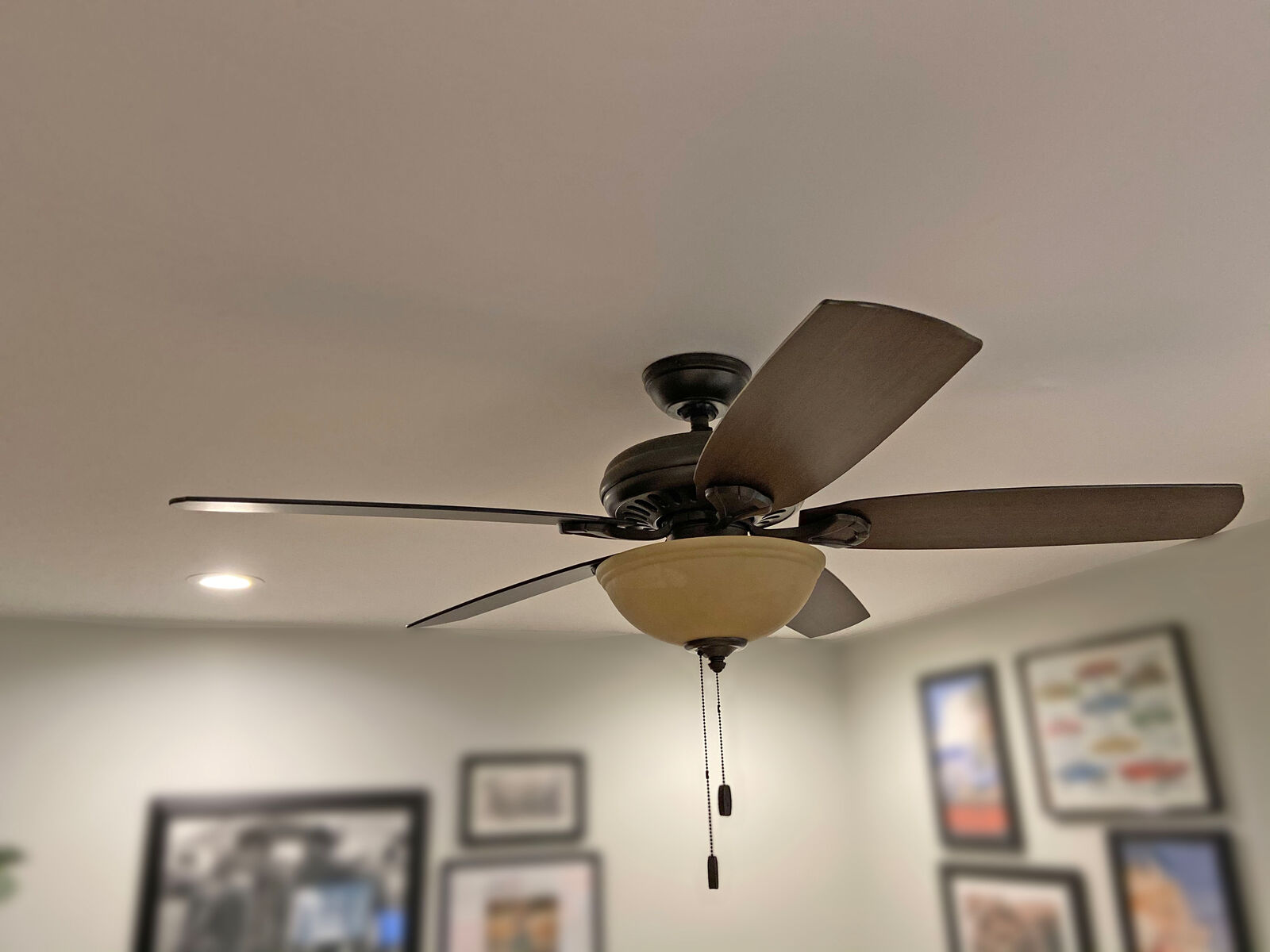






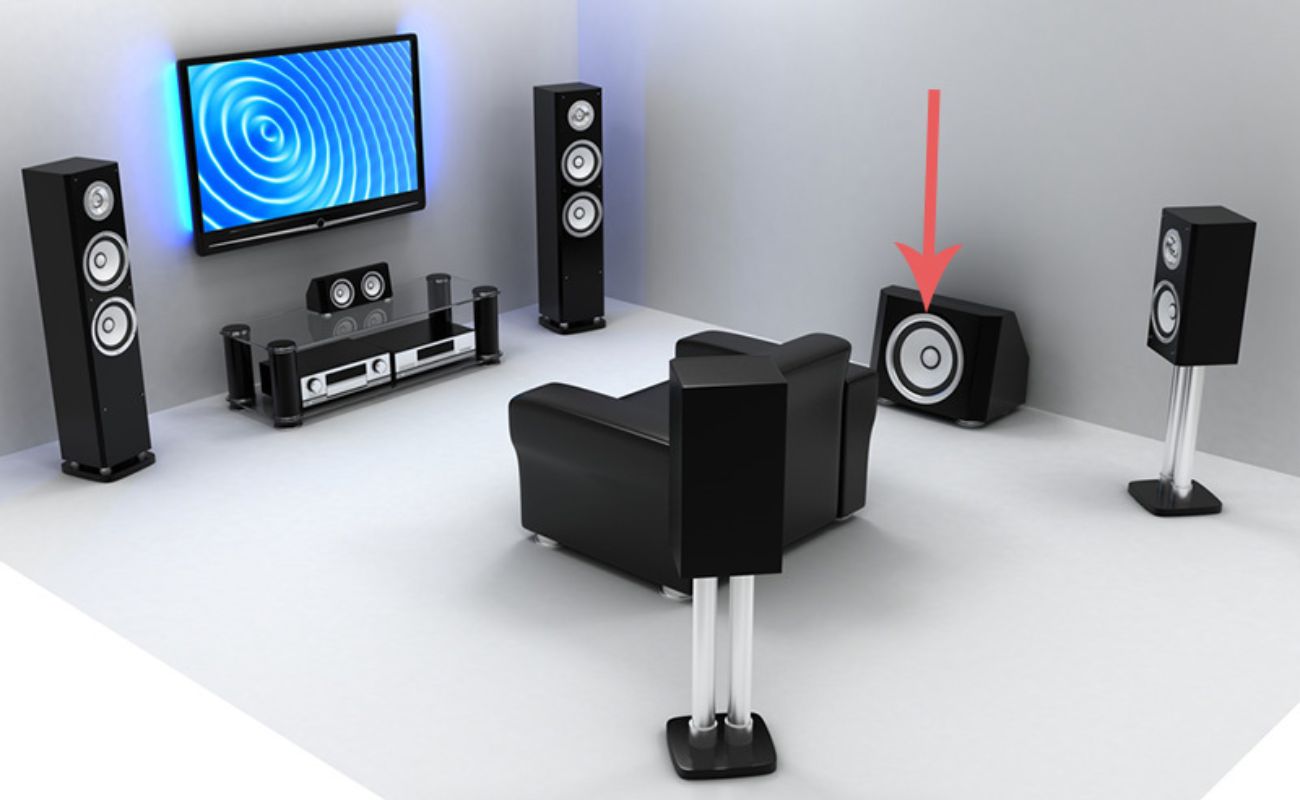
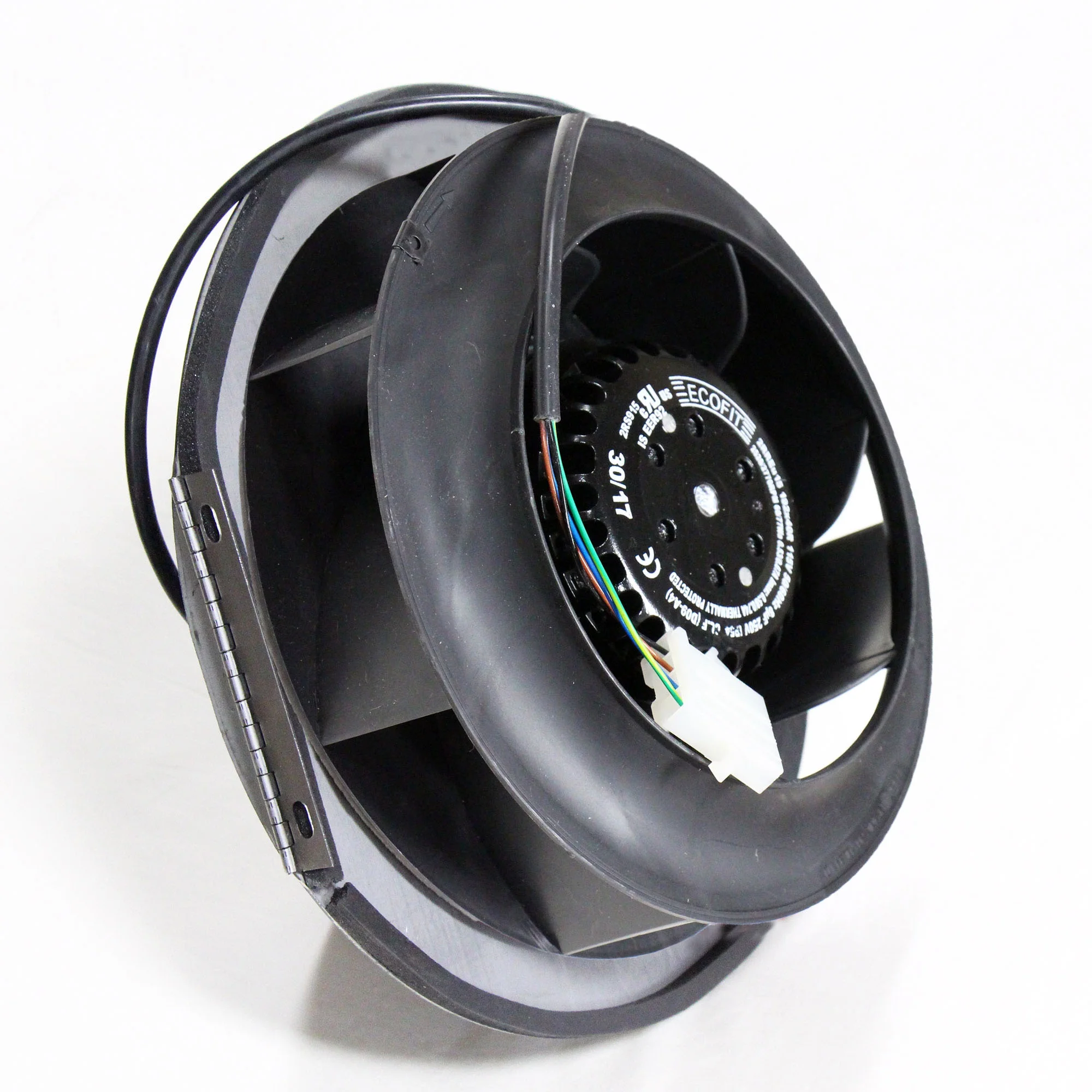
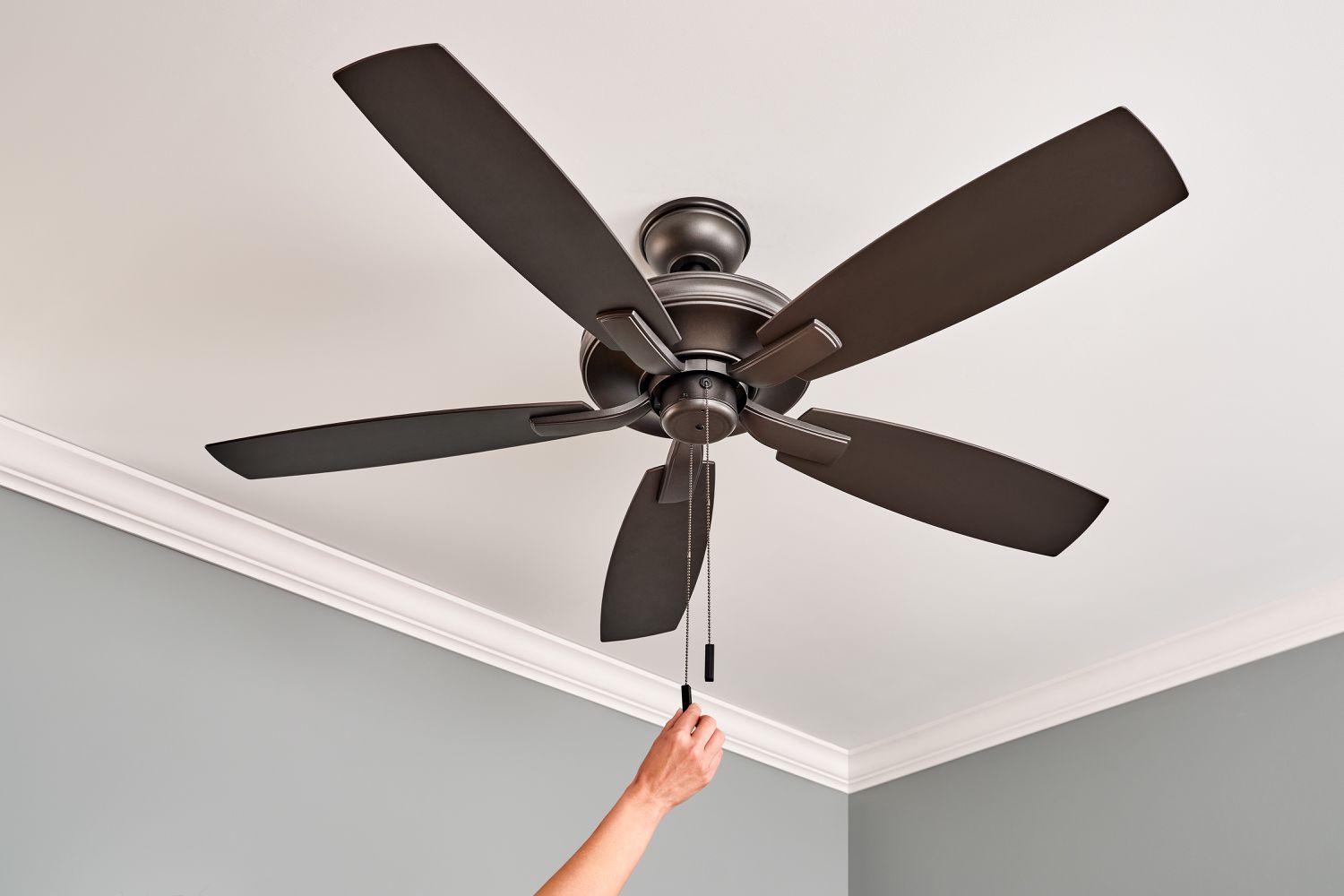
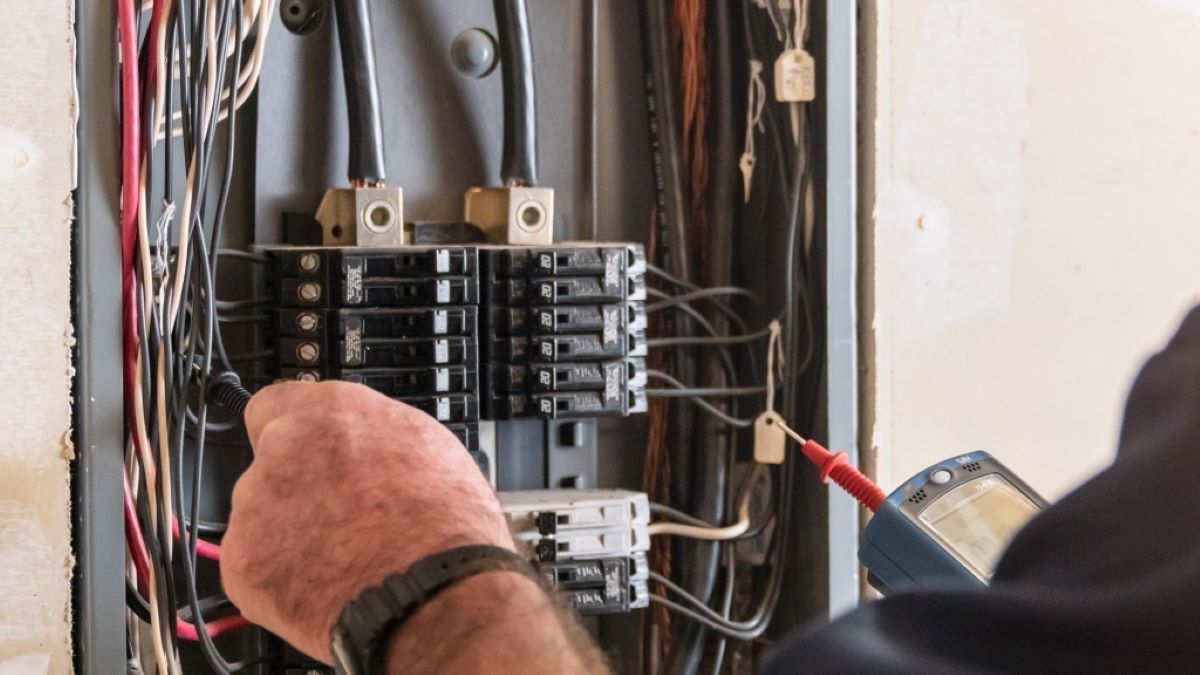


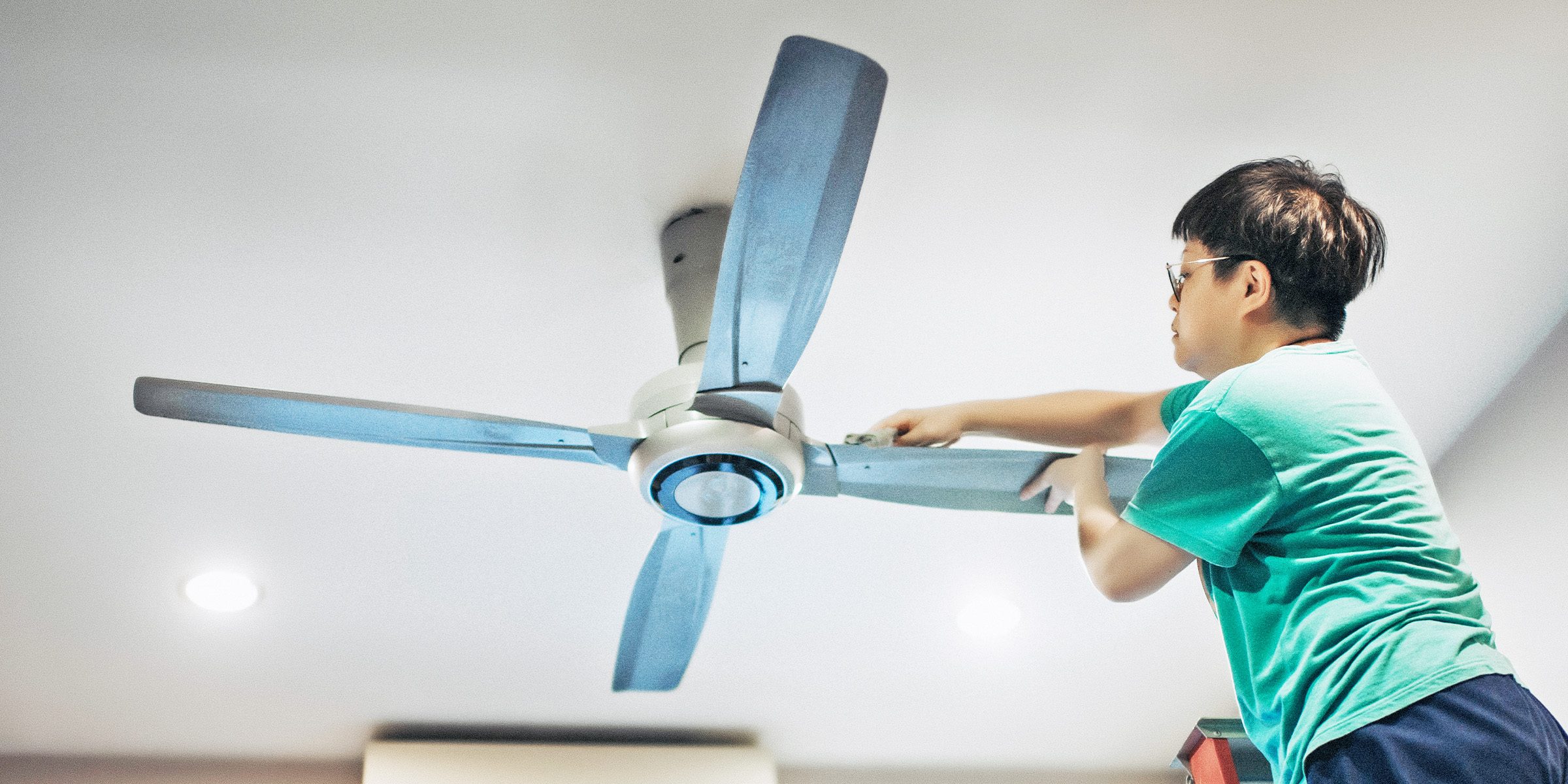

0 thoughts on “Which Way Should Breakers Be Flipped”